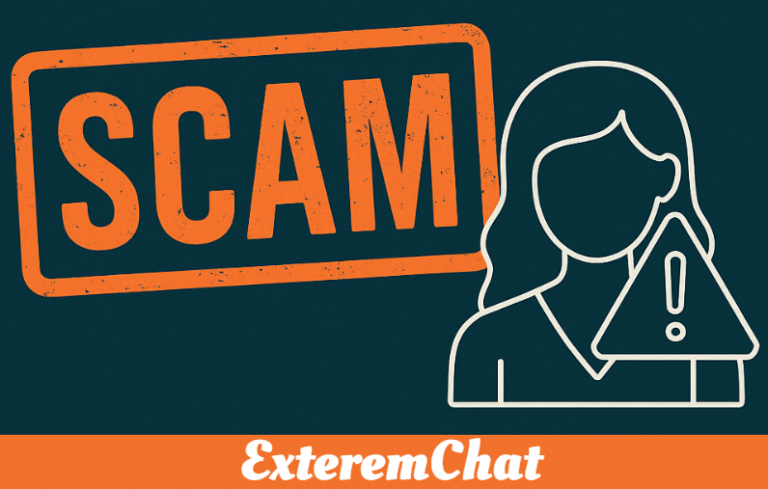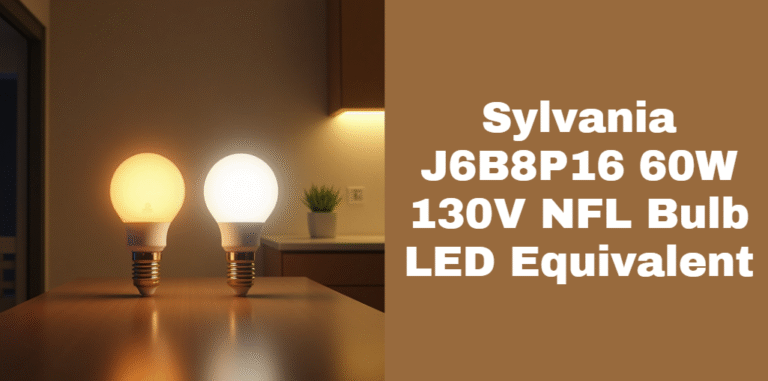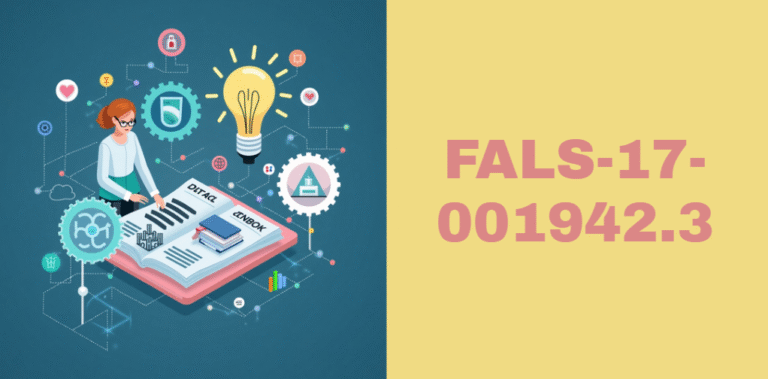Technical Localization Services for US Hardware Brands
In the global economy of today, US hardware companies can’t remain isolated within domestic borders. If you’re manufacturing semiconductors, IoT devices, or industrial machinery, going global will require more than rough translation. You’ll need technical localization services a meticulous process that translates your products into new languages, cultures, and markets.
Let’s dissect why localization is crucial for hardware success overseas and how engaging with the best translation company in USA can make you grow faster—and safer.
What Is Technical Localization for Hardware?
Technical localization is about making your products and content feel “local” to a new market. This isn’t just about swapping English words for French or Japanese—it’s about adapting your entire product experience to match the target region’s language, standards, expectations, and regulations.
For hardware brands, this usually includes:
- Translating product manuals, datasheets, and guides
- Adapting firmware or software interfaces on devices
- Localizing labels, packaging, and safety instructions
- Meeting region-specific compliance and certification rules
The goal? Make your products easy to use, legally compliant, and culturally appropriate from day one.
Real-World Example: Honeywell’s European Expansion
Honeywell, a well-known US-based industrial hardware brand, once faced issues after launching HVAC control systems in France and Germany. Although the products were technically strong, the user manuals hadn’t been fully localized. This led to increased support requests and low initial adoption.
To fix this, Honeywell partnered with a technical localization provider to adapt all instructions, convert measurements to the metric system, and ensure compliance with EU safety requirements. Once those changes were in place, adoption improved, support tickets dropped, and distributor satisfaction increased across both markets.
This example shows how technical localization isn’t just about communication—it directly impacts performance and brand perception.
Why US Hardware Brands Need Localization to Succeed
Here’s why investing in technical localization early on is a smart move:
Global Growth Without Missteps
Launching in a new market without localized content often leads to confusion. Misunderstood instructions or inconsistent labeling can damage your brand and frustrate users. With localization, customers understand your product clearly from the start.
Fewer Customer Support Requests
Poorly translated manuals often result in increased support tickets. Clear, localized content empowers customers to install, operate, and troubleshoot products on their own.
Legal Compliance Made Easier
Different countries have different rules. Whether it’s CE in Europe or BIS in India, technical documentation must meet these regulatory requirements. Professional localization services ensure all technical and safety content aligns with local laws.
Stronger Channel Partnerships
Distributors and resellers are more likely to sell your products if they come with high-quality, localized materials. It reduces friction in the sales process and boosts credibility.
What’s Included in Technical Localization Services?
Here’s what a full-service localization team offers hardware brands:
- Technical Manual Translation: Translators with engineering backgrounds ensure that manuals are accurate, readable, and locally relevant.
- Software Interface Localization: UIs and on-device software are adapted for language, format, and context.
- Visual and Multimedia Content: From how-to videos to installation tutorials, content is subtitled, dubbed, or recreated for different regions.
- Packaging and Labeling Adaptation: All product labels, measurements, and safety notices are updated based on local standards.
- Certification and Compliance Support: Localization partners help prepare the documents required for regional product certifications.
This goes far beyond general translation—this is about launching products the right way, the first time.
Case Study: IoT Brand’s Turnaround in Asia
A California-based smart home device manufacturer rushed into the Japanese market with content translated by a basic translation app. The result? Confused users, poor app reviews, and an uptick in returns.
After bringing in one of the best translation companies in USA, the company re-localized its app interface, rewrote the product manual using native technical experts, and adapted packaging with culturally appropriate language and imagery. In six months, the brand saw a 30% improvement in customer satisfaction and a sharp decline in product returns.
This kind of turnaround is only possible with accurate, industry-specific localization.
How to Choose the Right Localization Partner
Not all translation providers are equipped to handle technical localization. Hardware content is complex, and mistakes can be costly. Here’s what to look for:
- Industry-Specific Knowledge: Make sure the agency has experience with hardware, engineering, or manufacturing content.
- Engineering-Literate Translators: Technical documents require translators who understand product specs and schematics.
- Multilingual Support for Multiple Markets: If you’re going global, choose a partner that can scale with you.
- Tools for Consistency: Look for providers who use translation memory tools to keep your branding and terminology consistent.
- Regulatory Expertise: They should be familiar with certifications and compliance in the markets you’re targeting.
Partnering with the best translation company in USA gives you peace of mind that every piece of content—manuals, UIs, labels, or videos—is accurate and aligned with local expectations.
Why It’s Worth the Investment
Many US companies treat localization as a final step or a side task. But treating it as a strategic priority leads to better results. When your product feels native in every market, you’ll sell more, support less, and scale faster.
Technical localization:
- Helps you go to market quickly in multiple countries
- Boosts user trust and product satisfaction
- Cuts down on support costs and legal risks
- Creates a stronger brand reputation across borders
In short, it’s a growth enabler—not just a cost center.
Final Thoughts
If you’re a US hardware brand with global ambitions, technical localization isn’t optional—it’s essential. Whether you’re targeting Germany, Japan, Brazil, or the Middle East, launching without localized content is risky.
By working with the best translation company in USA, you’ll not only meet language needs—you’ll meet user expectations, pass compliance tests, and gain a real competitive edge.
Recommended Articles
What Is Leenaitheez? The Mysterious Digital Identity Blending Culture, Tech & Innovation
What Is vollnou8.7z for About Wtonecap3.0.34 Software Testing? Full Guide & Usage Explained
Buy Waxillgro279: The Ultimate Guide to Meaning, Uses and Smart Purchasing






